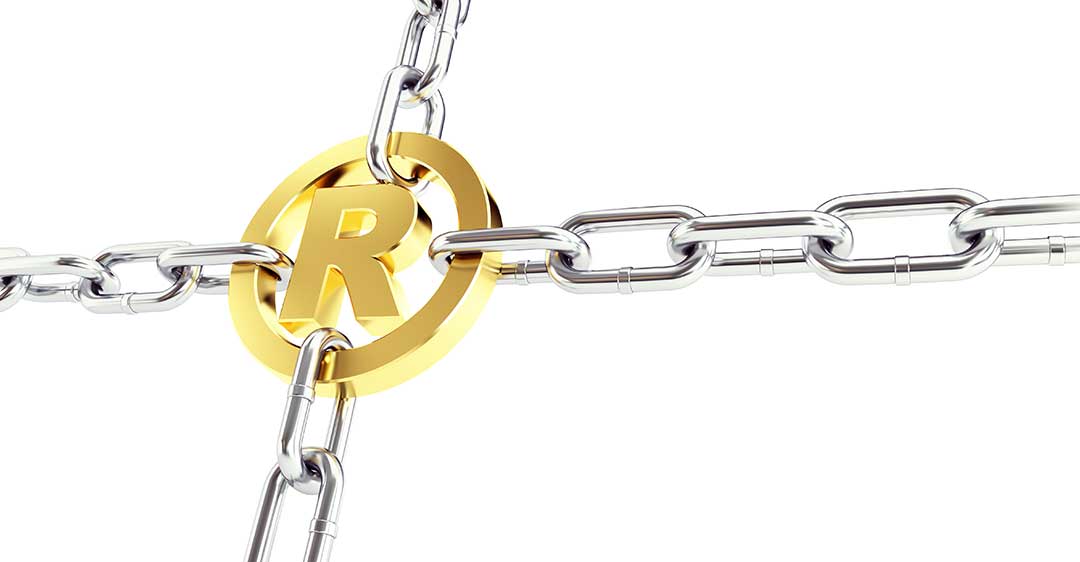
In 2018 approximately 10.9 million trademark applications were filed worldwide. China had the most filings with 7.4 million. The United States came in second with 640,181 applications.
In 2019 there were 47 copyright and trademark offense referrals to the United States Sentencing Commission. Of those, 89.1% had no or very little criminal history. The average sentence was 12 months with 54.4 percent receiving prison sentences.
The risk of violating trademark law may seem small, but the penalties and costs are substantial. Here is how you can avoid violating trademark infringement.
Willful Intent in Law
The purpose of a trademark is to keep your competitors from using your registered trademark name when referring to a product or service that is similar to yours. The need to prove whether or not the infringement is willful has repeatedly come under the scrutiny of the courts.
In 1977 the 9th Circuit Court established in United States v. Wise that a willful act is one that is done intentionally in violation of the law. A recent ruling by the United States Supreme Court has resolved the question of whether trademark infringement must be willful to justify awarding compensation.
Landmark Case
For decades there has been a six-to-six split at the Circuit Court level over whether a Plaintiff must prove willful intent to recover damages.
The U.S. Supreme Court’s unanimous ruling in 2020 is that a Plaintiff does not have to prove willful intent in trademark infringement. This ruling establishes the standard for the entire United States.
Part of the reasoning given in the Supreme Court Opinion in Romag Fasteners, Inc. v. Fossil Inc. is that The Lanham Act § 1125(a) does not require willfulness to be shown.
Avoid Trademark Infringement
The Supreme Court’s ruling means that if you violate a trademark the Plaintiff does not have to prove your act was intentional and willful. Ignorance of the law is not a defense.
Key points courts look at in trademark infringement:
- Comparison of Marks—appearance, pronunciation, common letters, commercial impression, and connotation
- Comparison of Services or Goods—if the services or goods offered by the two trademarks are similar enough to cause consumer confusion
- Channel of Trade, Pricing, and Purchaser—an analysis of how the trademark appears and the potential buyer; with an expensive item the buyer takes more time and is less likely to have confusion as compared to a person making an inexpensive impulse purchase at a checkout counter
- Strength of the Mark—if the mark suggestive of a specific item, such as the apple for Apple computers
- Actual Confusion—Have the products been confused with each other, possibly resulting in a consumer to returning the product to the wrong company
The holder of a trademark owns the right to use that trademark for the purpose of selling services or goods.
Registered Trademarks
By using the “TM” logo, owners of that trademark inform their customers that the name is theirs. Before you use any name for your product or service, search the trademark database of existing trademarks for similarities.
The best way to protect yourself from trademark violation allegations is to enlist the services of a trademark law firm. Your attorney will be familiar with conducting clearance searches and preparing a registration application.
Obtain a Properly Cleared Trademark
It doesn’t matter if you are a small, family-run business or a large corporation, everyone is at risk of violating trademark law.
Boyer Law Firm’s experienced trademark attorneys have the knowledge and experience to protect you from the risk of an infringement lawsuit.
Contact us today to schedule a consultation. We look forward to working with you on all your trademark, copyright, licensing, franchising, or infringement needs.





